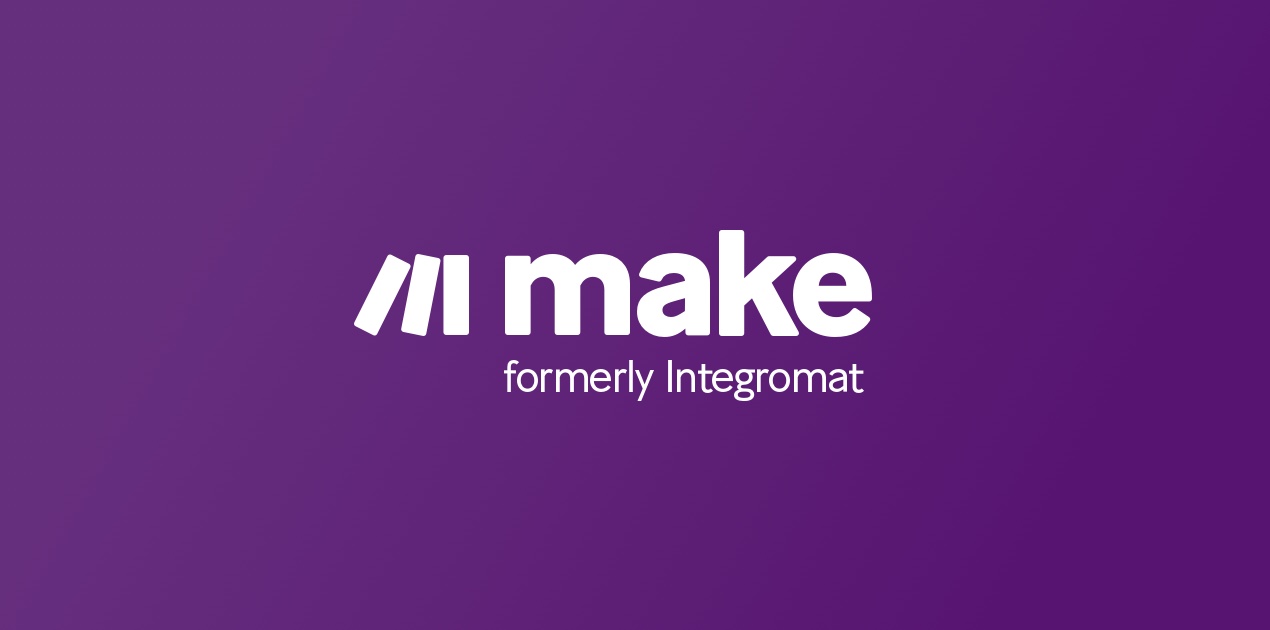**⚙️ Steps:**
1. 🔄 Trigger the workflow in n8n periodically, say, every Monday morning.
2. 📊 Use Jira Software Cloud node to fetch all backlog tasks from a selected project via Jira API.
3. 👀 Review each backlog issue, collecting data like story points and labels.
4. 🧠 Send data like issue titles and descriptions to GPT-3 API from OpenAI using a HTTP Request node, seeking estimated task complexity and possible solutions.
5. 📝 Analyze GPT-3 responses to extract estimated complexity and suggestions. Save these in an array.
6. 🔄 Use Jira Software Cloud node to update issues with the AI-generated data, keying them for human review.
7. ⌛ Identify stale issues (those without updates for six months, say) using Set node.
8. 🗑️ Use Jira API to flag or close stale issues in batch as per filter criteria.
9. 🔄 Use Merge node to manage parallel processing: one line for AI analysis updates and second for stale tickets cleanup.
10. 📊 Produce a status report with Function node that summarizes both AI suggestions and clean-up actions.
11. 📧 Share the status report with team or backlog manager using Email or Slack node.
12. 📊 Log any metrics that need tracking in a storage system using a Database node or Google Sheets node.
13. ⚠️ Have an Error Trigger node in place to notify maintenance personnel of any failures in the workflow.
14. 👩💻 Review the workflow to ensure proper set up of nodes and accurate API requests.
**🔧 Tools & APIs Used:**
– n8n Workflow Automation Tool
– Jira Software Cloud API
– Git for Version Control
– OpenAI's GPT-3 API

